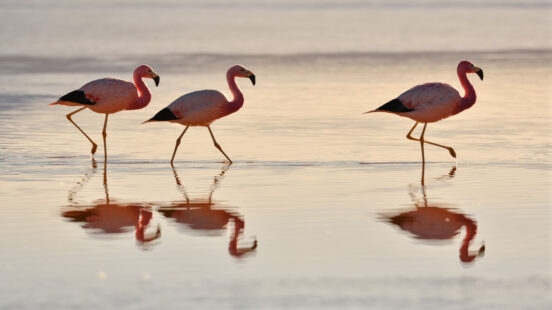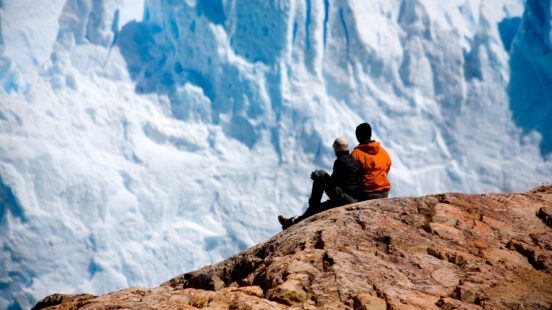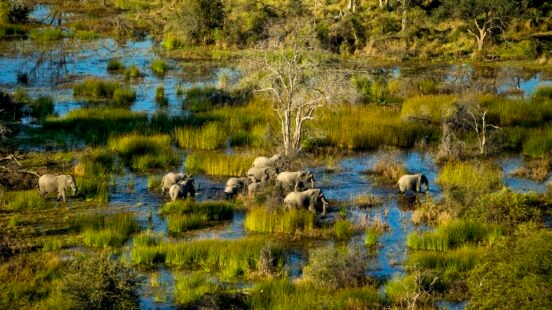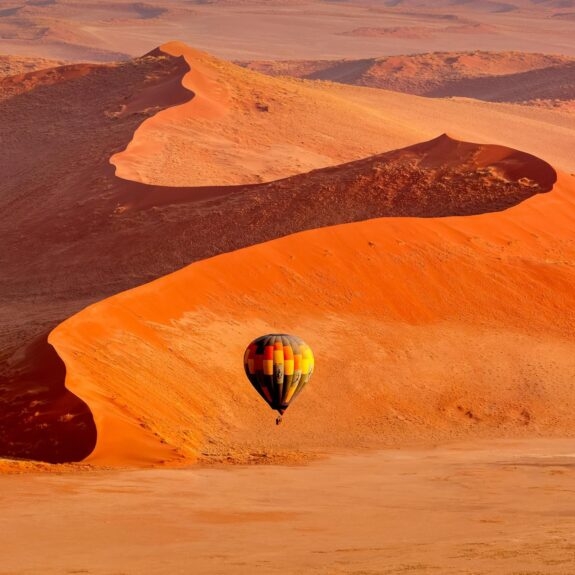Our planet is incredible. It’s home to an amazing array of people and places, and just when you think you’ve seen it all it surprises you all over again.
There’s nothing quite like your first glimpse of a view that takes your breath away. We asked our team to share some of their favourite views that get them, every time.

The Uyuni Salt Flats, Bolivia
Sitting at a lofty 3,630m above sea level, visiting the Salar de Uyuni is like stepping into another world. Once the site of a prehistoric lake, the flats have since dried up, leaving a vast expanse of sparkling and shimmering white.
Depending on when you visit the salt flats take on a different type of magic. In the dry months, from April to October, the hard baked salt stretches before you in every direction. This expanse of sparkling, featureless nothingness plays with your sense of perspective and creates fascinating optical illusions.

In the wet season, from November to March, rains form a shallow layer of water over the flats, creating a giant mirror that reflects the sky. Travelling through the flats in these months feels like entering another dimension.
Although there’s not much in the way of wildlife on the flats, you might find pink flamingos wandering around.


Perito Moreno Glacier, Patagonia
The Perito Moreno Glacier is located 78km from El Calafate in Argentinean Patagonia. It’s the third largest glacier in Argentina, but the thing that makes this glacier particularly spectacular is how accessible it is. A series of boardwalks mean that you can get an incredible view of the ice face, appreciate its size and witness ‘caving’ as pieces break off and crash into the lake below.

The vast wall of ice advances and recedes throughout the year and towers up to 70 meters above the lake. Photos of this natural wonder are impressive enough, but nothing can compare to seeing it in person and the feeling of being dwarfed by the ice.


Arenal Volcano, Costa Rica
Never has a volcano looked quite so much like a volcano. Rising in a nearly perfect cone shape from the lush forests around it, Arenal is well worth seeing.
And Arenal’s good looks aren’t just for show. The volcano is one of seven (historically) active volcanoes in Costa Rica and ranks as one of the most active in the world with its last eruption lasting 42 years. Don’t let that put you off though: it’s been dormant since 2010.


The Okavango Delta, Botswana
Adding a ‘swamp’ to this list might seem like a strange choice, but if you’ve seen the Okavango Delta we know you’ll agree with us. The largest inland delta in the world, the Okavango Delta was added to the UNESCO World Heritage list in 2014.
The amazing system of waterways is created anew every year by the Okavango River, with the water level rising and falling throughout the seasons. A true oasis, spanning around 5,000 square miles, the Delta hosts a vast array of species, from elephants and giraffes to lions, leopards and Nile crocodiles as well as a plethora of birds.

Thanks to Botswana’s foresight, there aren’t too many camps in the Delta, meaning that wherever you stay you’re likely to be far from the crowds. All the better for marvelling at this true wilderness.
Some of our favourite Okavango Delta bases are Abu Camp, Vumbura Plains and Jacana.


Reynisfjara, Iceland
Some people travel all over the world searching for that perfect, white sand beach. In Iceland there’s a different ideal. The black sand of Reynisfjara and its towering basalt columns create a beautiful if eerie sight as the white waves crash onto the shore. The black sand is a relic of volcanic ash that reached the ocean.
If you’re visiting, make sure to pay attention to the tides and any weather warnings. The waves can be dangerous.


Halong Bay, Vietnam
The towering limestone islands of Halong Bay are tiny inaccessible worlds topped with vibrant forests. The sparkling waters surrounding them are home to floating communities and full of incredible seafood.
From the water you can sail around the islands, each of them unique, and even explore some of the caverns on foot or by kayak. From the air you can appreciate the full landscape and see how the islands are dotted throughout the bay.


Devil’s Cataract, Victoria Falls, Zimbabwe
Of course there’s a waterfall on the list. But it’s not just any waterfall. Devil’s Cataract, accessible from the Zimbabwean side of the Victoria Falls is truly jaw dropping. It may be the lowest cascade of the Falls, at around 60 meters, but it also has the highest volume of water passing over it.
Getting up close to the thundering cascade it’s hard to wrap your head around the sheer amount of water that is continually flowing over the edge.


Milford Sound, New Zealand
Also known as Piopiotahi, the fjord of Milford Sound is located in the south west of New Zealand’s South Island. Everywhere you turn offers an incredible view, so we might be cheating a bit by including the whole thing here. Mountains, rainforests, waterfalls, Milford Sound has it all. It’s also home to several seal colonies as well as dolphins and penguins.

Although it’s easily accessible by road, Milford Sound retains that remote feeling. You can explore the waters of the untouched flooded valleys by boat, or venture out on land by foot or bike on magical trails.


Vinicunca (Rainbow Mountain), Peru
The colourful striped slopes might look like something from a children’s book, but they’re very definitely real. The stripes are caused by the different mineral compositions in the ground, and together they create a stunning rainbow pattern.
The slopes were only recently revealed, as they were previously covered by a permanent blanket of snow and ice that only melted a few years ago. To see the rainbow at its best, visit in the dry season when clear skies show off the colours.


Old Man of Storr, Skye, Scotland
There’s no shortage of incredible landscapes in Scotland, but the Old Man of Storr is definitely one of our favourites. Located on the beautiful Isle of Skye, local legend says that the towering rock is the only sign of the giant buried beneath: his thumb breaking through the mountains.
Others hold that the rocks are so named because they simply look like an old man from the right angle. Whatever the truth of it, the jagged formation atop sweeping slopes creates an unbeatable view of the islands below.











